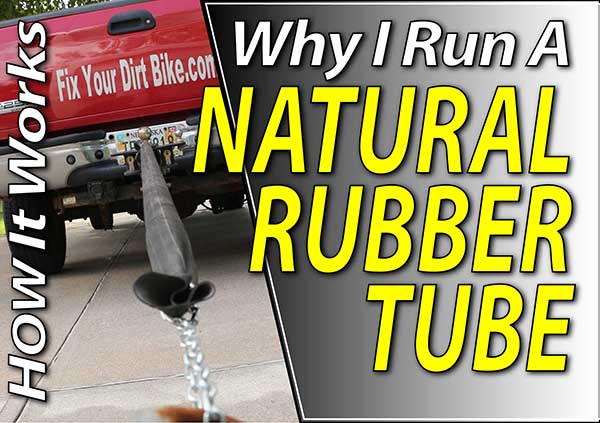Benefits Of Running A Natural Rubber Inner Tube
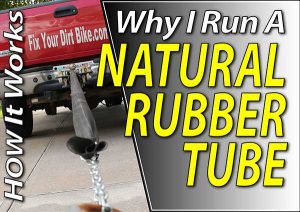 Both natural and synthetic rubbers have their pros and cons, but that is a very in-depth topic that I won’t get into here. This article will focus on the benefits of using a natural rubber inner tube for dirt bikes.
Both natural and synthetic rubbers have their pros and cons, but that is a very in-depth topic that I won’t get into here. This article will focus on the benefits of using a natural rubber inner tube for dirt bikes.
What Is Natural Rubber?
Natural rubber is made from the sap of the rubber tree. I know that sounds made up, but there are several varieties of these plants, and “rubber tree“ is the generic term.
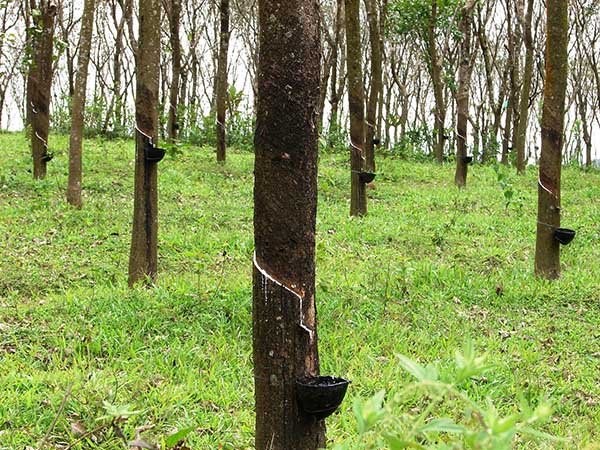
It’s harvested just like maple syrup and starts as a milky white liquid.
This liquid is latex in its raw form.
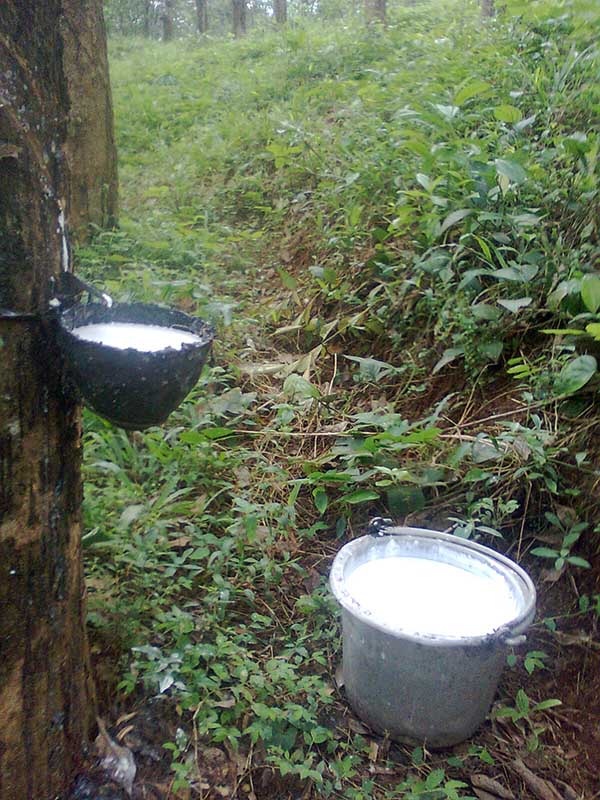
This is the main reason I use a natural tube over a synthetic one.
Natural rubber is a RENEWABLE RESOURCE!
A rubber tree will consistently produce latex throughout its life cycle. And when it finally stops producing, the wood is harvested, and another tree is planted.
This is the exact opposite of synthetic rubber, which is derived from petroleum, a finite resource.
So even if synthetic rubber did make a better tube, I would still go with natural rubber when changing my tube and tire.
Related: How to use rubber grease when installing the innertube on your dirt bike.
Why Natural Rubber Makes A Better Inner Tube
Fortunately, natural rubber does make a better tube, and here’s why.
Natural rubber is soft and pliable, so it won’t maintain a rigid shape very well. This characteristic makes it a perfect material for inner tubes because It starts flexible and stays flexible, working with your tire.
Once it is formed and vulcanized, it will always return to its original shape after distortion. Both Natural and Synthetic rubber can be vulcanized, but natural responds much better.
The natural rubber also has higher abrasion resistance, so when installed with rubber grease to keep the tube lubricated and conditioned, natural rubber tubes have a very long service life.
Durability
Because of the natural characteristics mentioned earlier, natural rubber has a much higher elastic limit. This translates to a high puncture resistance because the tube can “absorb” the puncture.
This also means that a puncture will result in a slow leak, and not a catastrophic failure because the rubber will not tear.
Natural Rubber Tube Torture
To demonstrate how the elastic limit effects flexibility and durability, I decided to torture an old tube.
I inflated this tube to 30 PSI and stabbed it with a screw.
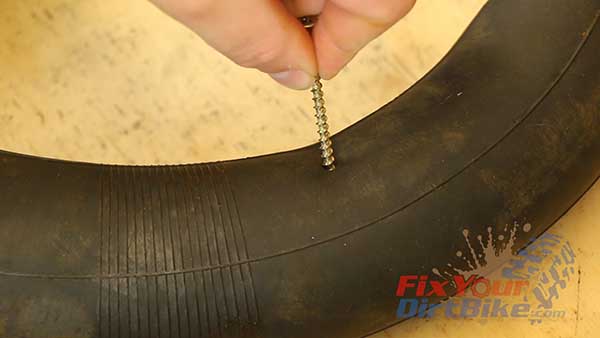
30 PSI is double the normal operating pressure of this tube, and the jagged edge of the screw tore a good-sized hole.
The tube slowly deflated instead of popping.
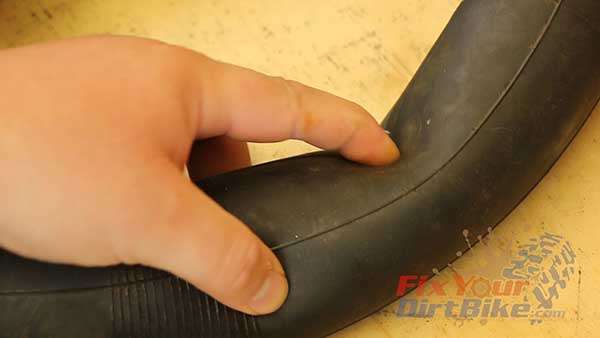
I want to point out that this is an extreme example of a puncture in the real world.
No tube, natural or synthetic, is doing to resist this type of puncture. This tube was inflated well beyond its operational pressure, so the rubber had almost no give.
Plus, If this screw can get through your tire, it can get through your tube.
Next, I hung 120lbs from it.
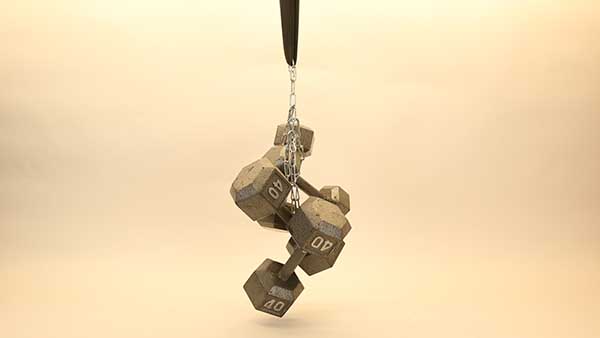
After nothing happened, I whacked it with a piece of wood for some reason.
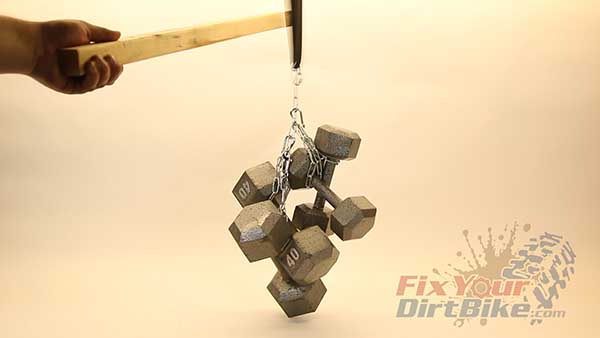
And after nothing happened again, I stabbed it with a razor.
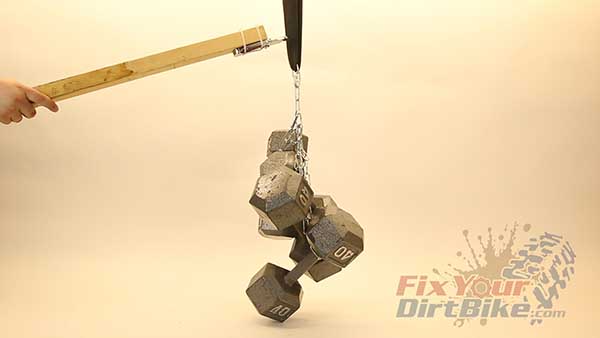
I punctured the tube, but it did not fail under the weight.
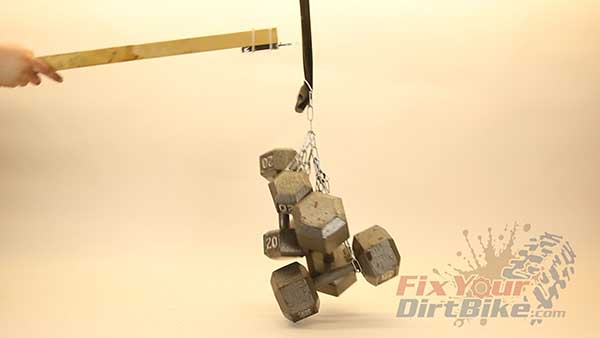
I wanted to see what it would take to rip this tube in half, and hanging weights from it didn’t seem to affect it.
So I Chained This Tube To My Truck
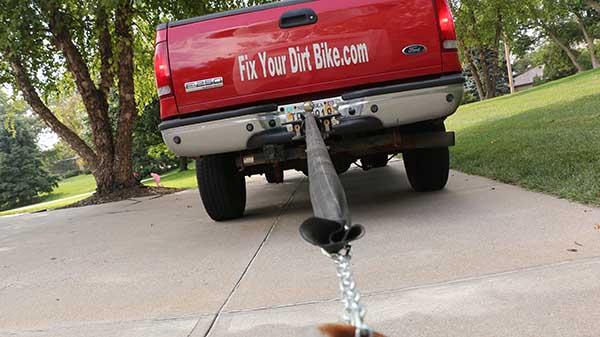
Only after stretching the tube over three times its original length, it finally failed.
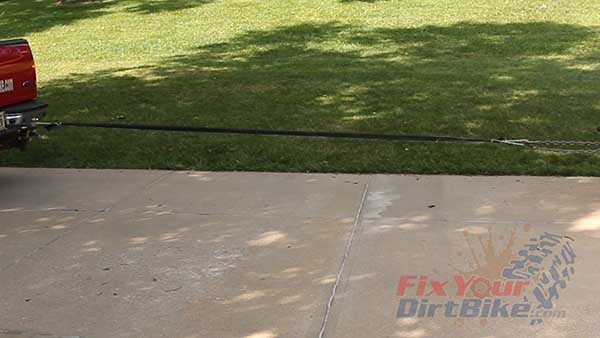
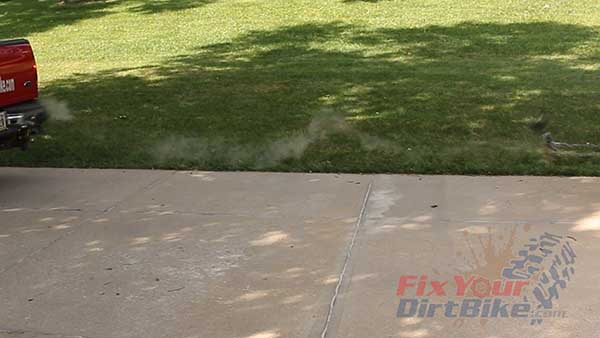
Test Results
What did we prove by torturing this tube? It’s very resilient. After the truck test, it maintained it’s original shape, albeit with a few gaps.
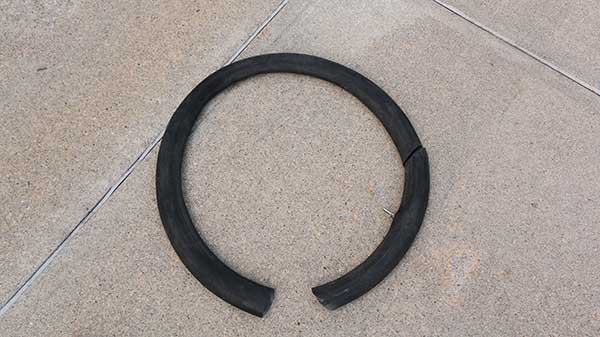
And where the chain was digging into the rubber, it had zero evidence of stress. The clean break means the rubber reached its elastic limit, as opposed to tearing apart, before failure.
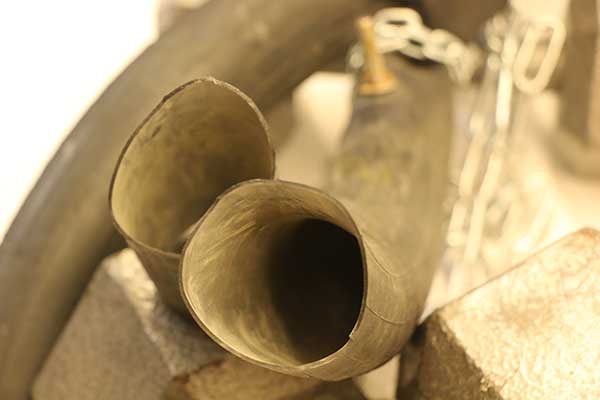
Here’s The Interesting Part
The valve stem on this tube was already ripped, and that wasn’t the point of failure! this shows that the rubber did reach its elastic limit and break clean instead of ripping.
The Really Interesting Part
This tube is six years old with a ton of hours on it. I installed this tube with rubber grease for a buddy. He let the tire slip, and the valve stem ripped. Other than that, this tube was still in perfect working order.
The Downside Of Running A Natural Rubber Tube
Natural rubber does have one drawback; they leak air a little faster than synthetic. But this issue is easily fixed by checking your tires before you ride.
Natural rubber tubes do cost a little more, but the benefits outweigh the few extra dollars.
I run MSR HD tubes in all my bikes, and I’ve never replaced one before I needed to.
If you want to make the switch to a natural rubber tube, you can find a great deal HERE!
The type of riding you do will ultimately determine the best tube for your needs, and a natural one may not be practical. But, because natural rubber tubes are made from a renewable resource, the decision is very easy for me.
If you have any questions or anything to add, please leave them in the comments or on our FaceBook page!
Keep Reading – Why I Use Rubber Grease

